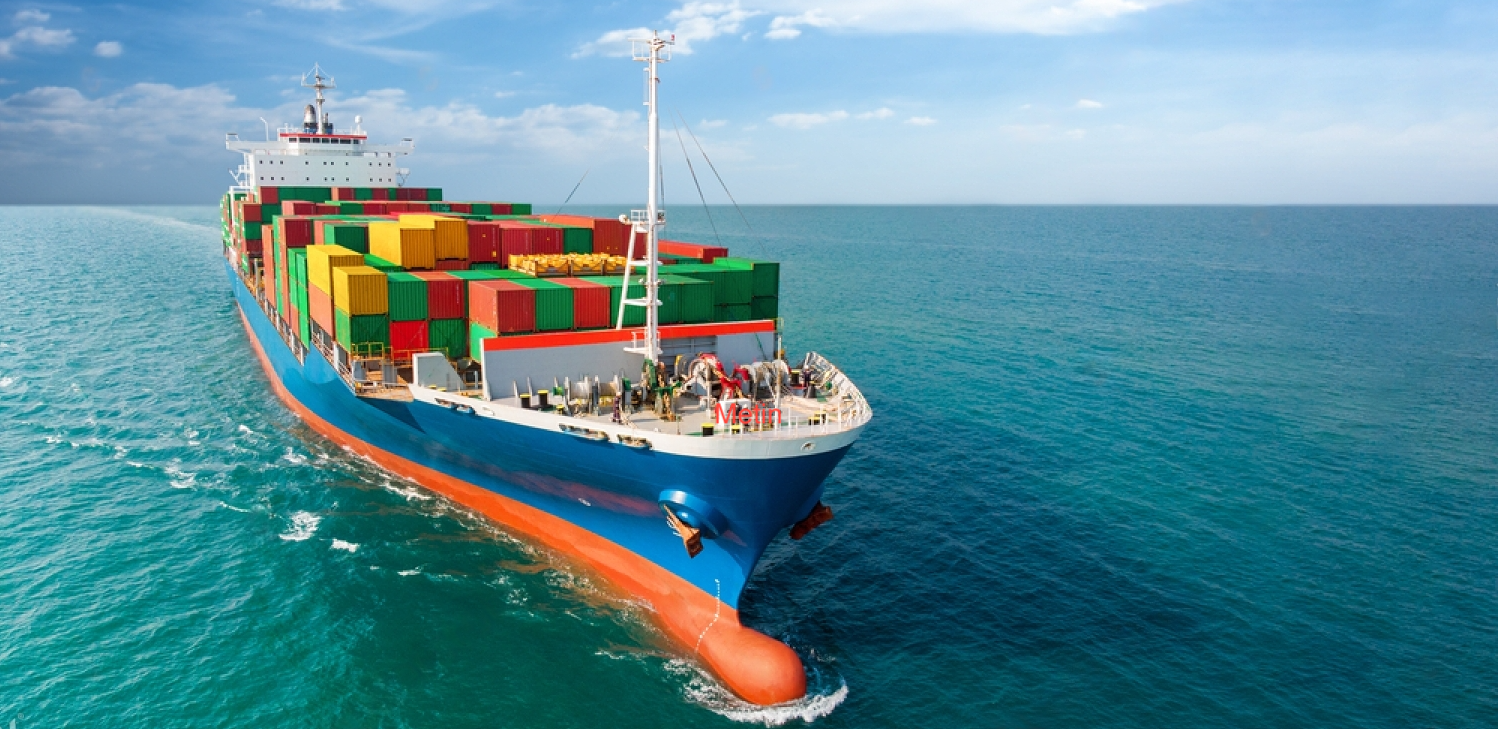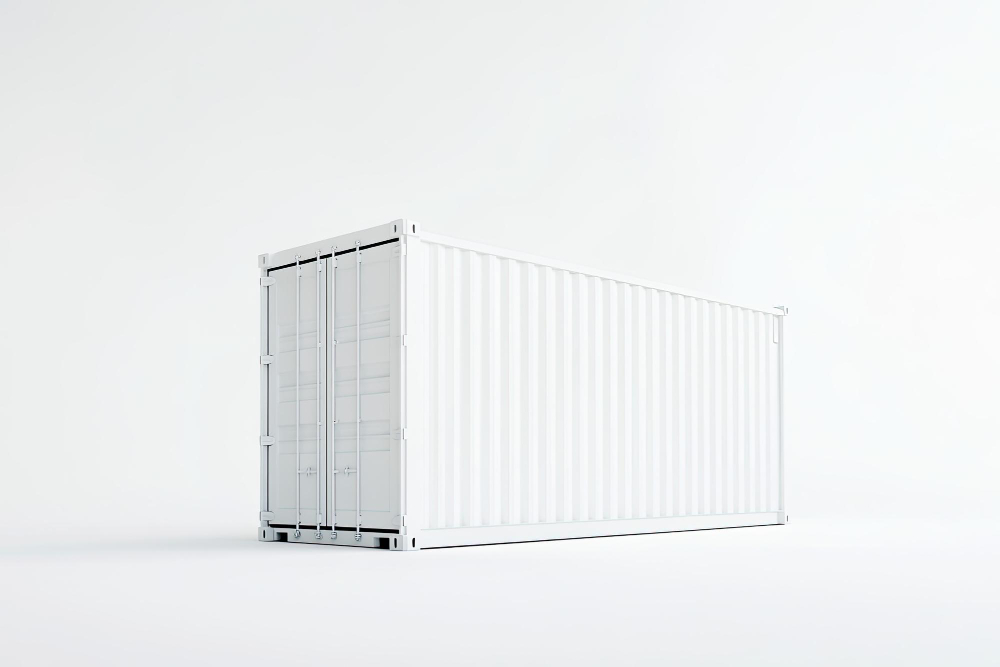
With the rapid increase in global trade volume today, the logistics sector is also undergoing significant transformation. One of the most critical parts of this transformation is container transportation. So, what is container transportation? Why does sea freight container transportation especially occupy a large place in trade?
Container Transportation
Container transportation is a method of cargo transport that uses rectangular boxes produced in standard sizes. Containers are specially designed to carry various materials safely, quickly, and efficiently. As the fundamental component of intermodal transportation, containers form the infrastructure of global trade. The container transportation method allows for easy transfer of cargo between different transportation modes. A seamless connection can be established between land, sea, rail, and air transport methods. A large portion of world trade is carried out via container transportation. Standardized container sizes facilitate logistics planning processes and speed up loading and unloading operations, thereby increasing the efficiency of the global supply chain.
Why Is Sea Freight Container Transportation Important?
Approximately 80% of container transportation worldwide occurs via sea. This indicates that sea freight container transportation is the backbone of global trade. Sea freight transportation is especially more economical than land or air transport for large volumes and heavy loads. In addition to cost advantages, sea transportation offers an environmentally friendly alternative by reducing the carbon footprint. Large container ships can carry thousands of containers at once, ensuring the uninterrupted continuation of large-scale trade. Thanks to their capacity, large quantities of goods can be transferred between companies and countries, making a significant contribution to the development of the global economy. Ports and container terminal networks worldwide enable the smooth operation of international trade. They increase supply chain efficiency, facilitate access to global markets, and support economic growth.
How Does the Container Transportation Process Work?
Container transportation activities begin with the removal of goods from the factory. Products are loaded into standard containers and sealed with locks and seals. Then, containers are transported to ports via land or rail. Here, sea freight container transportation comes into play, and containers are loaded onto ships. In international transportation, this stage is usually the longest. Upon reaching the destination port, containers are again dispatched to the delivery point via land or rail. This multi-stage process is meticulously managed by professional logistics companies. Customs procedures, documentation, and scheduling are important elements of a successful container transportation process.
Advantages of Container Transportation

Container transportation is one of the most effective solutions in the logistics sector. Containers can be locked and sealed, reducing the risk of damage or loss of cargo. It provides significant advantages for businesses, especially when transporting valuable products. Since containers are produced in different sizes, they offer a suitable solution for all kinds of loads. The use of containers that comply with international standards ensures fast and trouble-free transportation operations. Standardized measurements simplify customs procedures and facilitate documentation processes.
Another important advantage is the possibility of intermodal transportation. Containers can be easily transferred between different modes of transportation. During transfer from ship to train or from train to truck, the risk of load deterioration or damage is eliminated.
Container Sizes and Types
The containers used in container transportation have standard dimensions and are produced in various sizes and types.
Container dimensions can be learned more by visiting our blog page!
20 Feet Dry Container (20 ft)
This is a standard transportation unit with external dimensions of approximately 6.06 m in length, 2.44 m in width, and 2.59 m in height. Its internal dimensions are approximately 5.9 m in length, 2.35 m in width, and 2.39 m in height. With a volume of about 33 m³, this container provides an efficient space for various types of cargo. It is commonly used in general cargo transportation and is ideal for different modes of international transportation.
40 Feet Dry Container (40 ft)
This offers significant capacity for international transportation needs. Its external dimensions are approximately 12.2 m in length, 2.44 m in width, and 2.59 m in height, providing ample external dimensions for various cargo requirements. Its internal dimensions are approximately 12.03 m in length, 2.35 m in width, and 2.39 m in height, maximizing internal storage space and offering a generous volume of about 67 m³ for effective transportation solutions. It is preferred for larger volumes and heavy loads, making it ideal for businesses that want to transport larger quantities or heavier items in global supply chains.
40 Feet High Cube Container
This offers an extraordinary storage capacity for international transportation needs. It is 30 cm taller than the standard 40-foot container (approximately 2.89 m), providing significantly more vertical space compared to normal models. Its increased height makes it ideal for transporting volumetric products and is suitable for shipments requiring more space. The extra volume allows businesses to increase shipping efficiency and maintain international transportation standards. These high-cube containers, widely used in global trade, can accommodate longer loads without requiring additional ground space, making them an economical option for various sectors.
Container Types
Dry Container (Kuru Konteyner)
The Dry Container is commonly used for general-purpose cargo transportation. These containers ensure the safe transportation of various products. Dry containers, thanks to their durable construction, provide protection in all weather conditions and are produced in standard sizes. Preferred in international trade, they enable the transportation of many dry goods, from furniture to textiles, electronics to food products.
Reefer Container (So?utucu Konteyner)
Reefer containers are special cargo units equipped with cooling systems. They are ideal for temperature-controlled shipments such as food and pharmaceuticals. Containers ensure that sensitive products are maintained within specific temperature ranges. Modern reefer containers offer adjustable temperature control between -30°C and +30°C. They enable the long-distance transportation of fruits, vegetables, seafood, frozen foods, and temperature-sensitive medicines without spoilage. Features like humidity control and air circulation help preserve the freshness of products.
Open Top Container
The open-top container stands out with its roofless structure, unlike standard containers. It is preferred for high-volume or top-loading cargo. It is an ideal choice for transporting long pipes, heavy machinery, or equipment that can be loaded with cranes. These containers, usable in sea, land, and rail transportation, facilitate large-scale construction projects and industrial shipments.
Flat Rack Container
Designed specifically for oversized and heavy cargo, it offers a versatile solution for shipping needs. It has foldable sides that allow easy loading and unloading from different angles. It is highly suitable for heavy and large machinery, industrial equipment, construction materials, and other bulky items that do not fit into standard containers. Its reinforced flooring can withstand significant weights, and its open design allows for transporting cargo that exceeds normal size limitations, making it indispensable for specialized logistics operations.
Interested? World Container Ports



